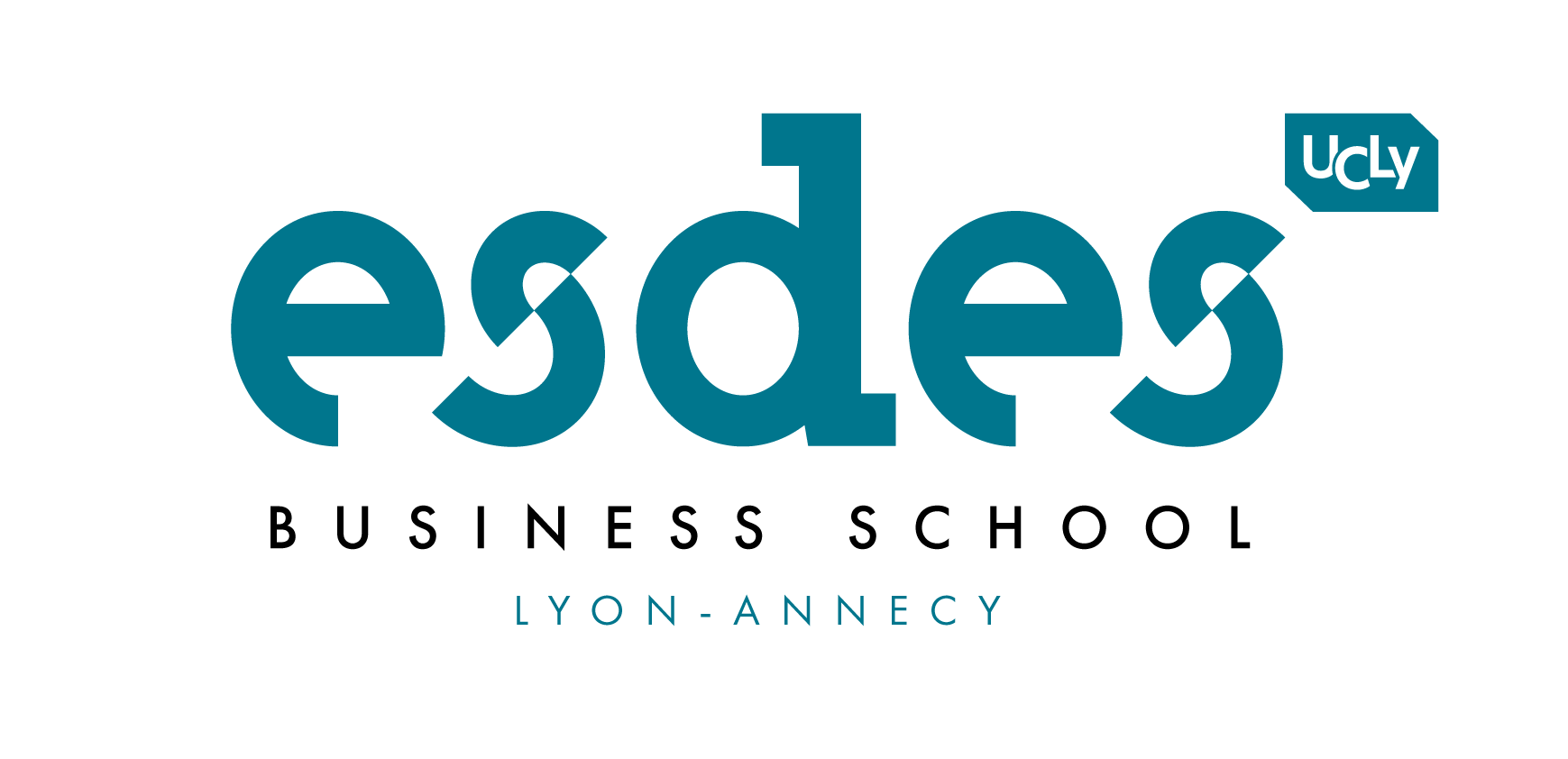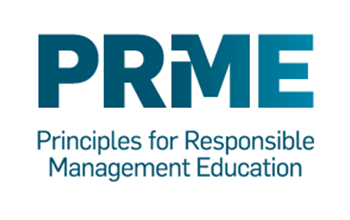- Homepage
- ESDES’s blog
- Responsible Natives
- When gender equality becomes a trap
Audric Mazzietti
3 min.
12 July 2022
In the past few years, gender equality has become a major concern. Whether in private, professional or political life, it is clear that our society seems to be moving towards greater equality. The example of the last presidential elections is striking. For the first time, three women are candidates for major parties. Never seen before! However, the analysis of gender equality, through the prism of political life, suggests that behind this apparent evolution, many traps are hidden for women.
Indeed, the evolution of the place of women in political life summarizes quite faithfully the evolution of the place of women in society. In this field, the "existence" of women is recent, since they have only had the right to vote since 1944. This simple fact makes possible the following aberration: Marie Curie, an exceptional scientist, did not have the right to vote while her contemporary Landru, a serial killer, did. Unfortunately, in the following decades, political life, as well as professional life, remained dominated by men. It is tempting to explain this by a "historical delay" (Laufer, 1997) of women. However, in many countries, the strong increase in the number of women graduates has not been accompanied by a similar increase in the number of women in senior positions. This phenomenon can be explained by what is known as the "glass ceiling", which can be summarized as the set of visible and invisible obstacles that make it difficult or impossible for women to reach the highest professional and organizational levels.
The glass ceiling includes various injunctions made to women, such as interrupting one's studies or career to take care of children and the home, but also self-fulfilling prophecies fueled by gender stereotypes such as "women are not made to lead". A study by Pascal Huguet and colleagues (2007) has shown the extent to which these stereotypes influence women's behavior from an early age. In this study, children between the ages of 10 and 12 were asked to reproduce a geometric figure from memory. For half of the children, the instructions indicated that the test assessed their geometry skills, while for the other half, the instructions indicated that the test assessed drawing skills. The results showed that when it came to geometry, girls were far inferior to boys, while when it came to drawing, it was the opposite. This is how gender stereotypes manipulate and condition the future of women from childhood. For those who manage to break the glass ceiling, the fight is far from over.
The example of Ségolène Royal, the unsuccessful candidate in the 2007 presidential election, is instructive. Nominated as a candidate by 60% of the socialist militants, gathering 26% of the voters in the first round and 47% in the second, Ségolène Royal was a candidate legitimized by the ballot box. However, her results do not reflect her campaign, which was marked by incessant attacks aimed at discrediting her. Where did the majority of these attacks come from? From men in her own camp. Why did they do this? It may be that a cognitive bias, that of zero-sum beliefs, is at the root of this behavior. First studied by Psychology Professor Victoria Esses (1998, 2001) in the context of intergroup competition and applied to immigration, the zero-sum belief bias suggests that an individual or group of individuals, who think they are in competition with another, believes that any gains for the latter will come at the expense of their own. Applied to gender inequality, this model suggests that men perceive that every advance for women, in terms of freedoms, rights, or status is accompanied by reciprocal losses for men (Ruthig, 2017). This explains why Ségolène Royal saw all these men coming after her. The fear of losing their position would have caused them to turn against her, as she was perceived as a threat to their position.
In 2022, however, things seem to have changed. The presidential election will see three women representing major political parties. But beware, behind this apparent opening of women's access to the highest spheres of power, a trap may be lurking: the glass cliff. Since the end of the first round, Valérie Pécresse and Anne Hidalgo have been castigated for their scores, which were far below expectations. They are even blamed for having "sunk" their respective parties. But did they have a chance to win? None, and that is certainly why they were nominated. This is suggested by the work of Michelle Ryan and Alexander Haslam, who in 2005 described the glass cliff phenomenon. Their study focused on a sample of 100 companies listed on the London Stock Exchange. In this field too, women are blithely accused of not making good leaders. Indeed, some work (Judge, 2003) has suggested that the more women these companies have in management positions, the less successful they are. Ryan and Haslam found that these companies actually underperformed months before women were placed in leadership positions. These women were likely placed in a position of inevitable failure, to be used as a scapegoat. This glass cliff thus represents a new and pernicious form of sexism, in which women are manipulated and placed in strategic positions not for their skills but to be sacrificed. In terms of gender equality, our society unfortunately produces more traps than advances. It is essential to know them in order to avoid them.
Audric Mazzietti
Doctor in Cognitive Psychology from the University of Lyon, teacher researcher in Psychology and head of digital learning at the ESDES Lyon business school. Member of the Confluence, Sciences and Humanities research unit of the Catholic University of Lyon - ESDES.










